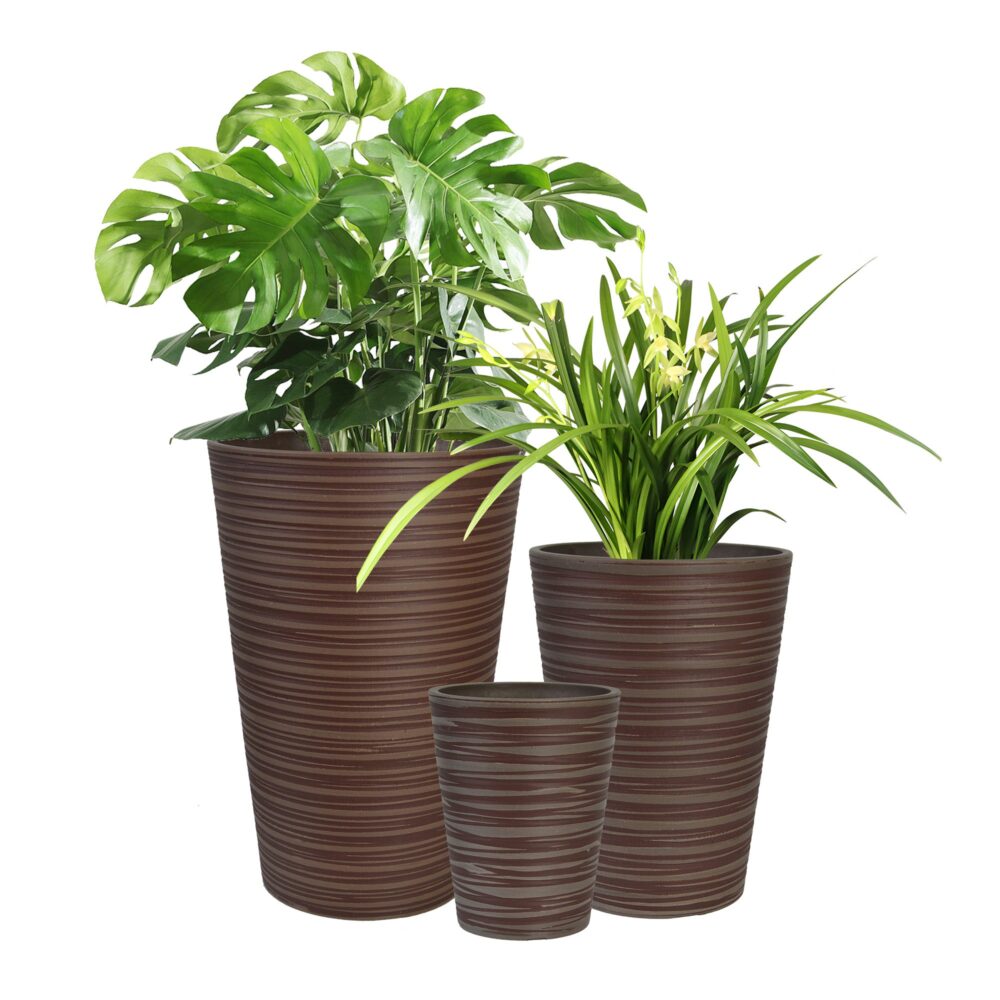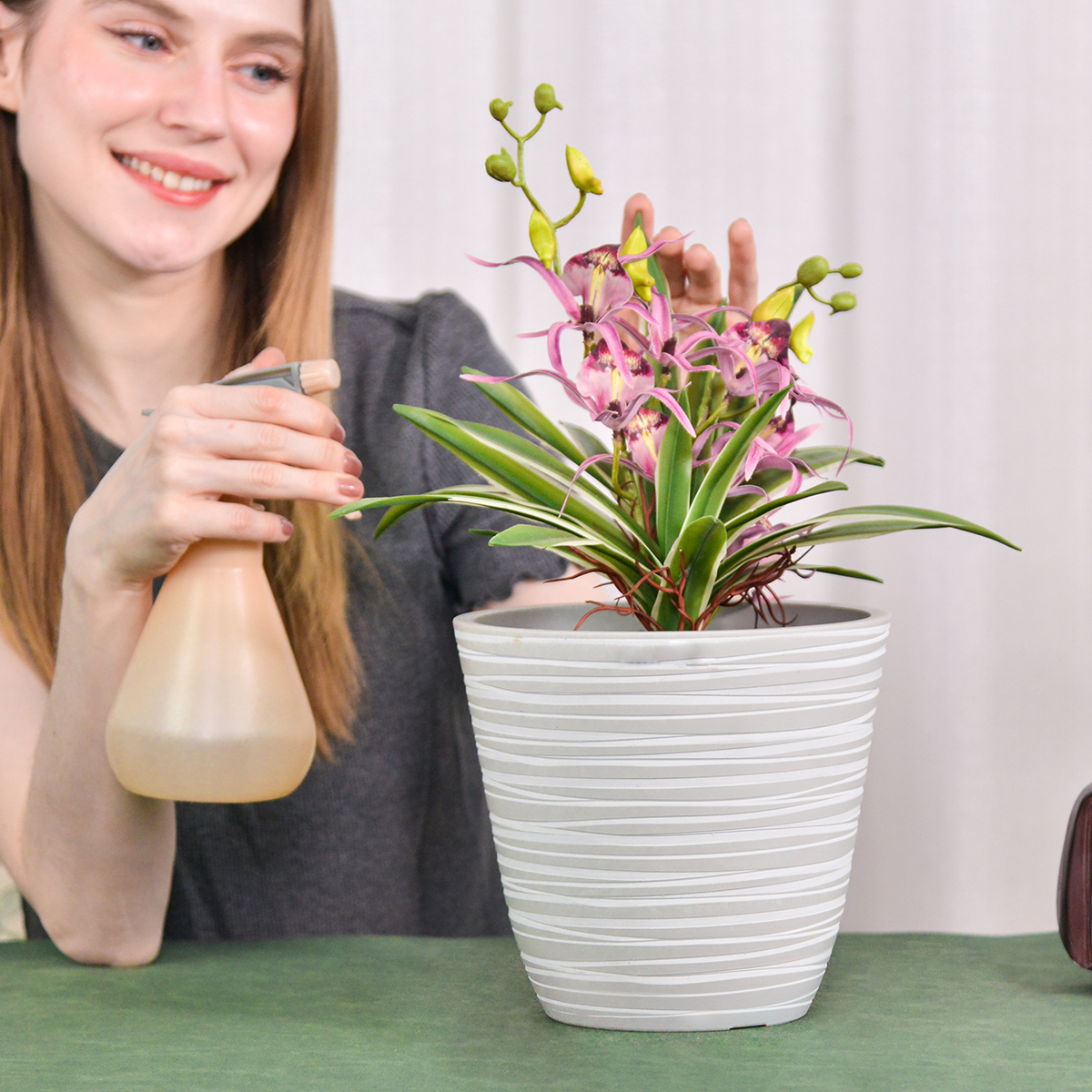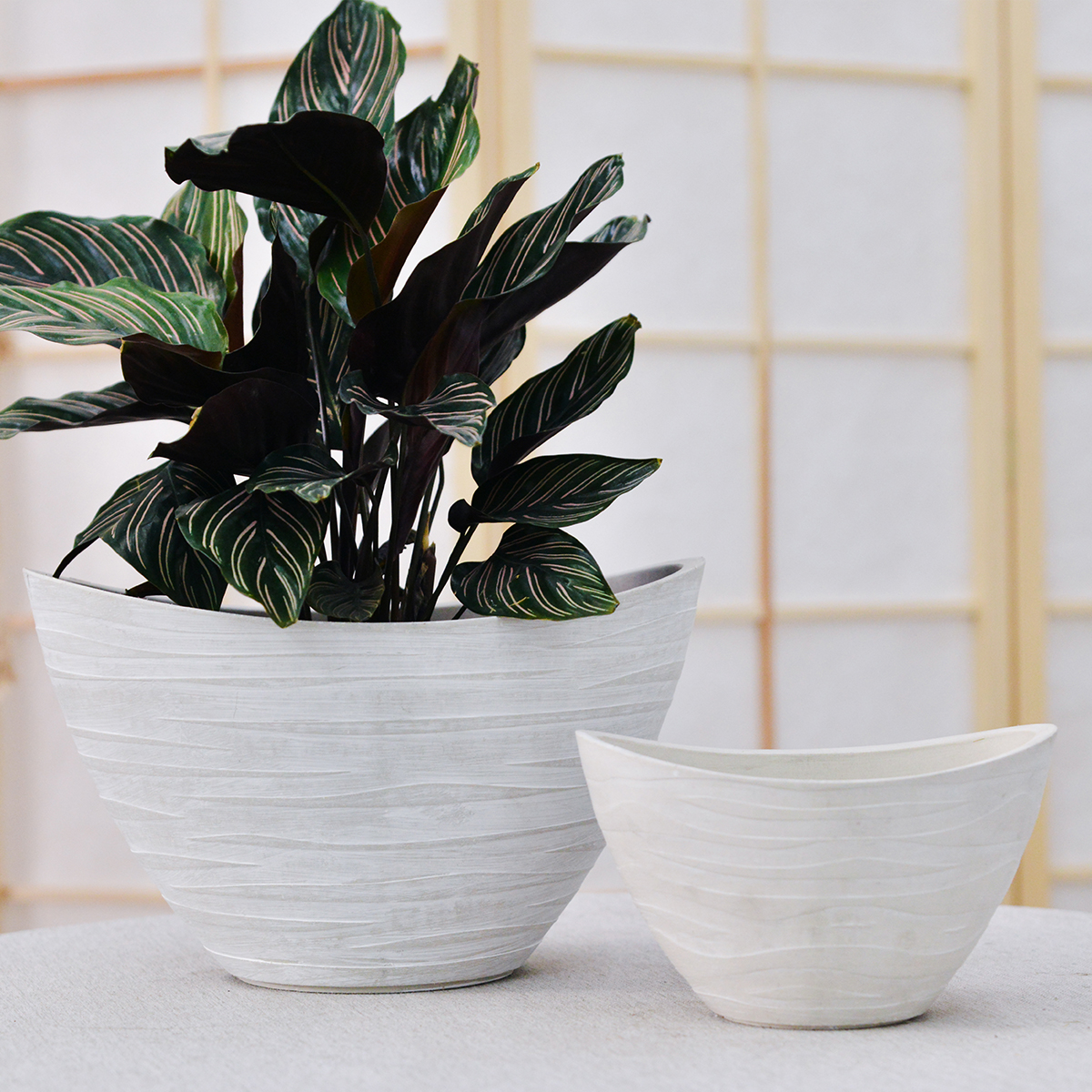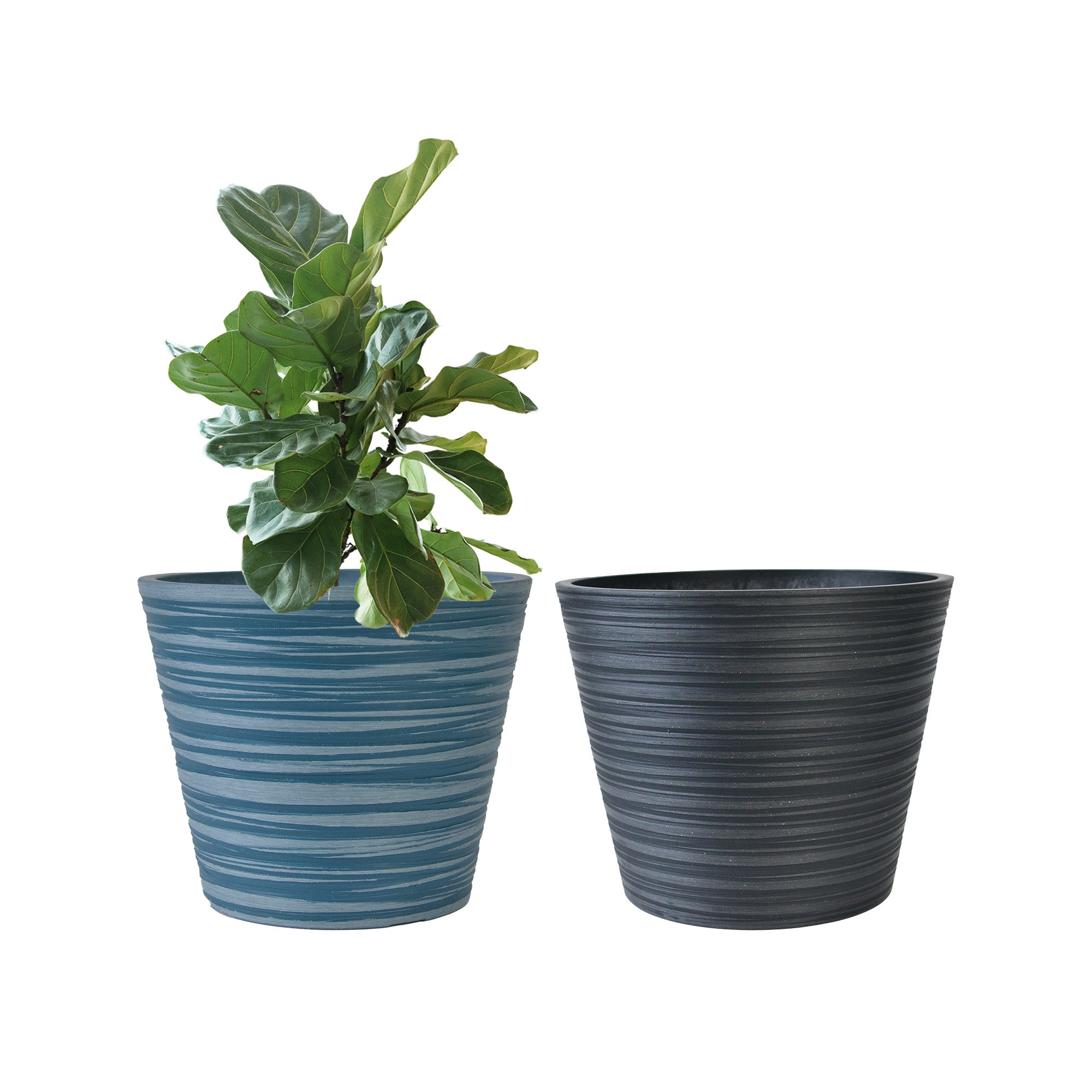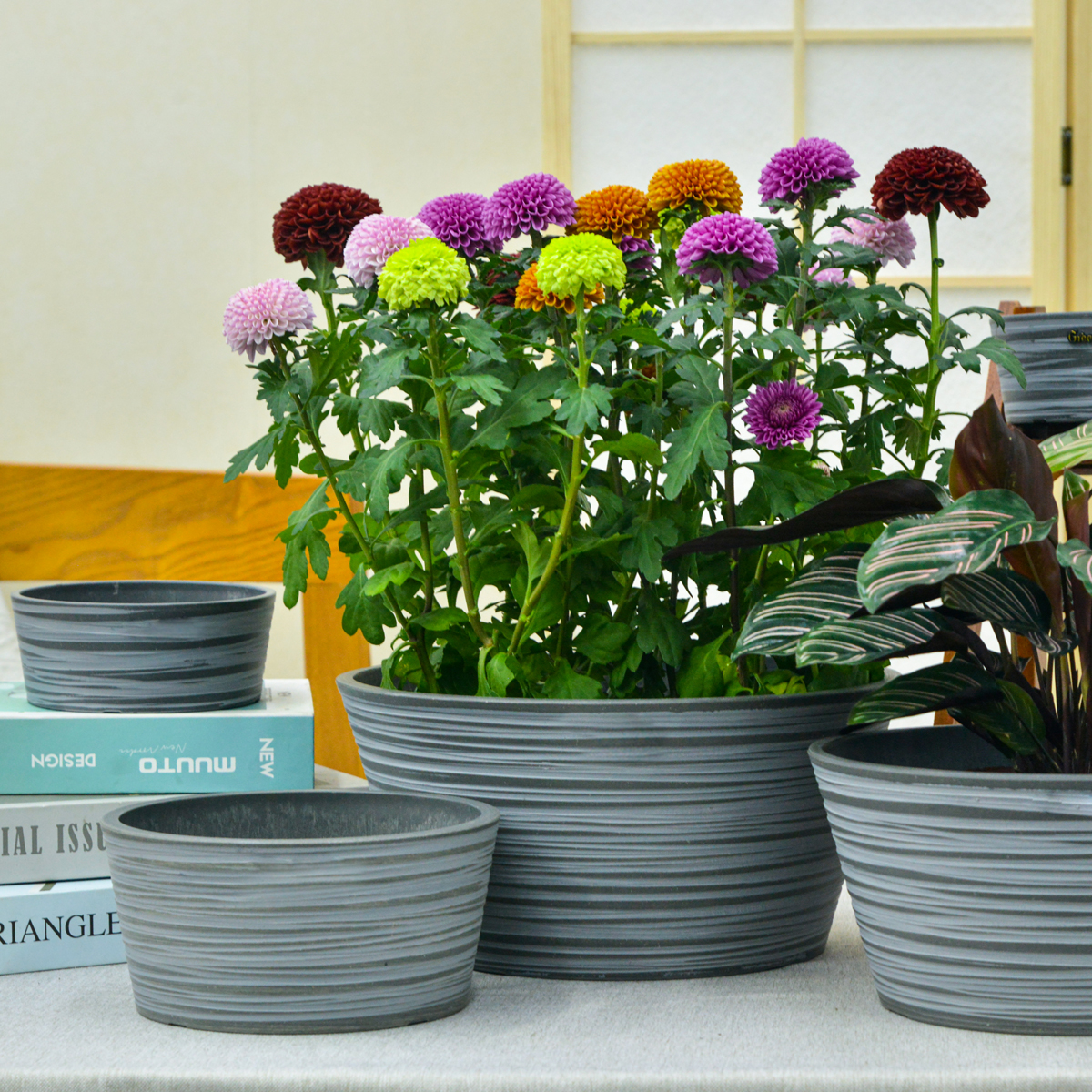How Can I Cleverly Set Up Support Structures in Tall Outdoor Planters to Support Climbing Plants or Prevent Taller Plants from Toppling Over?
Tall outdoor planters are ideal for showcasing climbing vines and adding vertical interest to your garden or patio. They also provide a great way to elevate taller, potentially top-heavy plants, but this height can sometimes lead to instability. Cleverly integrating support structures into your tall planters is essential for both guiding the growth of climbers and ensuring your taller plants remain upright and secure. Here are some effective and aesthetically pleasing ways to set up supports:
Support for Climbing Plants:
- Integrated Trellises: The most seamless approach is to incorporate a trellis directly into the planter’s design during construction. This could involve attaching a grid of wooden or metal bars to the back or sides of the planter. This provides a sturdy and permanent support system for climbing plants like clematis, climbing roses, morning glories, or vining vegetables like pole beans or cucumbers.
- Freestanding Trellises Within the Planter: Choose a trellis that is appropriately sized for your tall planter and simply insert it into the soil alongside your climbing plant. Ensure the trellis is pushed down firmly to provide good stability. Options range from simple wire trellises to more decorative wooden or metal designs. Consider the mature height and weight of your climbing plant when selecting the trellis size and sturdiness.
- Trellis Attached to the Planter’s Back: For existing planters, you can attach a trellis to the back using screws or brackets. Make sure the attachment is secure and can withstand the weight of the mature plant. This is a good option for placing planters against a wall or fence.
- Obelisks: These elegant, pyramid-shaped structures provide excellent vertical support for climbing plants and add a decorative element to your planter. They can be made of wood, metal, or even sturdy bamboo stakes tied together at the top. Simply insert the obelisk into the soil, ensuring it’s stable.
- Bamboo Stakes and Twine: For a more natural and flexible approach, use several tall bamboo stakes inserted firmly into the soil around your climbing plant. As the plant grows, gently tie the stems to the stakes using soft twine or plant ties. This method is particularly suitable for lighter climbers or for training plants in a specific direction.
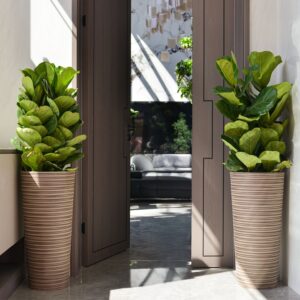
Support for Taller, Potentially Top-Heavy Plants:
- Individual Stakes: For single-stemmed taller plants like sunflowers, gladiolus, or tall ornamental grasses, individual stakes can provide the necessary support. Choose stakes made of wood, bamboo, metal, or plastic that are tall enough to support the plant’s height. Gently insert the stake close to the plant’s main stem, being careful not to damage the roots. Use soft plant ties to secure the stem to the stake at one or two points.
- Plant Cages: Wire or plastic plant cages are excellent for providing all-around support to bushy or multi-stemmed taller plants like tomatoes, peppers, or some larger flowering shrubs. Place the cage around the plant early in its growth, allowing the plant to grow through the openings. The cage will help prevent stems from bending or breaking under the weight of foliage or blooms.
- Internal Supports During Planting: When initially planting, consider placing sturdy stakes or even short sections of PVC pipe within the planter before adding soil. These can then be used as anchors to tie taller plants to as they grow, providing a more discreet support system.
- Creating a Grid System: For a cluster of taller plants in a large, tall planter, you can create a simple grid system using sturdy stakes inserted around the perimeter of the planter and strong twine or wire stretched horizontally between them at different heights. This provides a network of support for multiple stems.
- Topiary Frames: If you’re growing a plant that lends itself to shaping, such as rosemary or small shrubs, using a topiary frame within the tall planter can provide both support and structure for a formal look.

Clever Setup Tips:
- Install Early: It’s generally easier to install support structures when the plants are young and less likely to be damaged.
- Consider the Plant’s Growth Habit: Choose a support system that matches how your plant naturally grows, whether it twines, climbs by tendrils, or needs upright support.
- Think About Aesthetics: Select support structures that complement the style of your planter and garden. Natural materials like wood or bamboo can blend in well, while metal trellises can add a more contemporary touch.
- Ensure Stability: Make sure your support structures are firmly anchored in the soil or securely attached to the planter to withstand wind and the weight of the plants.
- Use Soft Ties: When tying plants to supports, use soft plant ties, twine, or even strips of fabric to avoid damaging the stems.
- Allow Room for Growth: Don’t tie stems too tightly to allow for natural movement and growth.
By thoughtfully planning and implementing support structures in your tall outdoor planters, you can create stunning vertical displays of climbing plants and ensure your taller plants remain safe and upright, enhancing the beauty and longevity of your container garden.
Modern Plant Pots with Drainage – Indoor & Outdoor Use (6″ Widths)
By greenship-seo|2025-04-10T06:29:43+00:00February 6, 2025|Categories: Hand-carving Series|Tags: Decorative Flower Pots|
KC2-21G
By greenship|2024-08-13T06:19:08+00:00August 13, 2024|Categories: Hand-carving Series|
11V
By greenship|2024-08-13T03:05:48+00:00August 13, 2024|Categories: Hand-carving Series|
20YB
By greenship|2024-08-16T05:37:57+00:00August 16, 2024|Categories: Hand-carving Series|
Planter 5 in W / 8 in W / 12 in W or Indoor Outdoor Plants, Modern Decorative Plant Pots with Drainage Hole, Decorative Flower Pots
By greenship-seo|2025-04-10T06:37:58+00:00January 16, 2025|Categories: Hand-carving Series|Tags: Decorative Flower Pots|
11THD
By greenship|2024-08-13T02:52:20+00:00August 13, 2024|Categories: Hand-carving Series|

